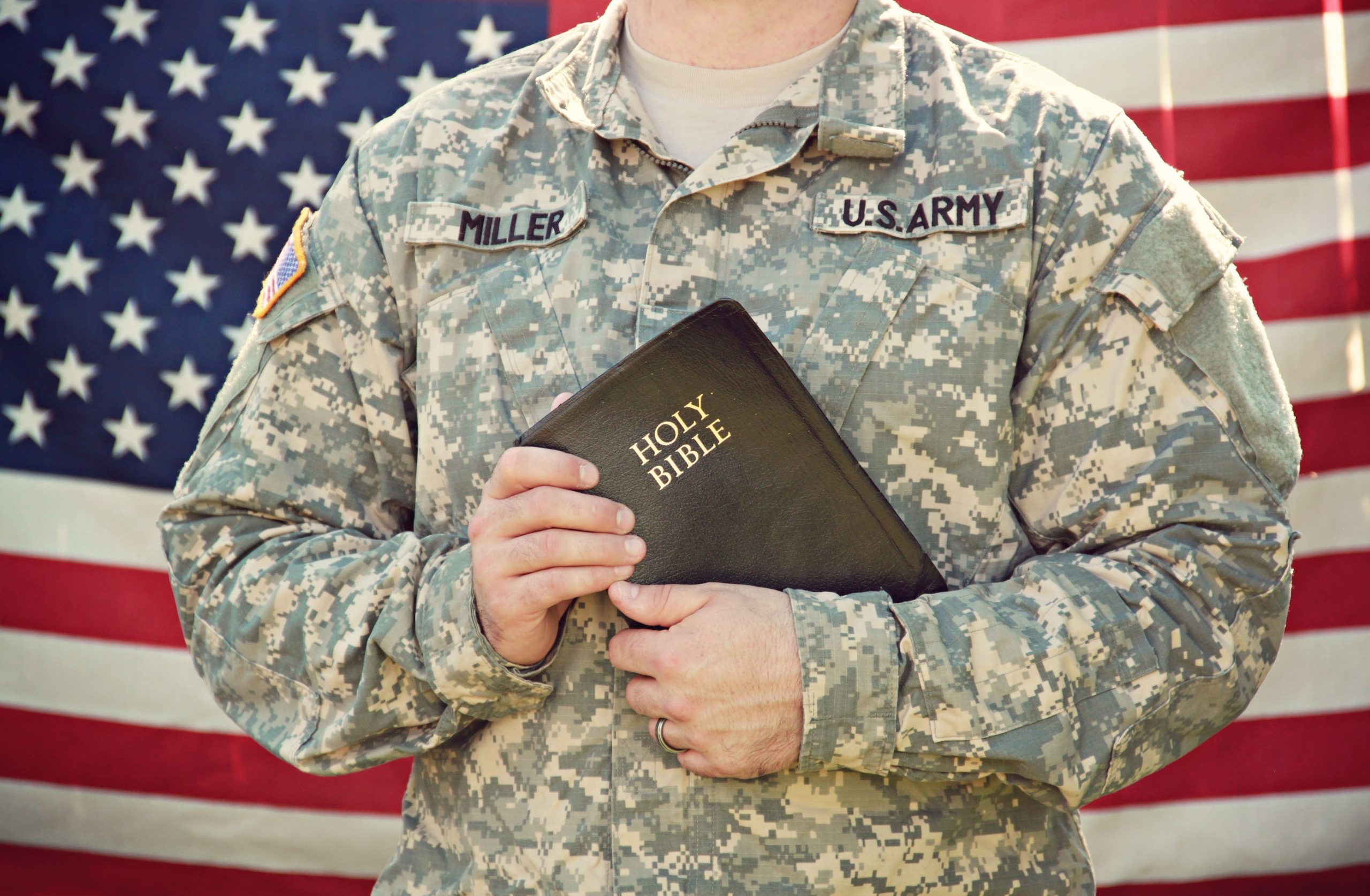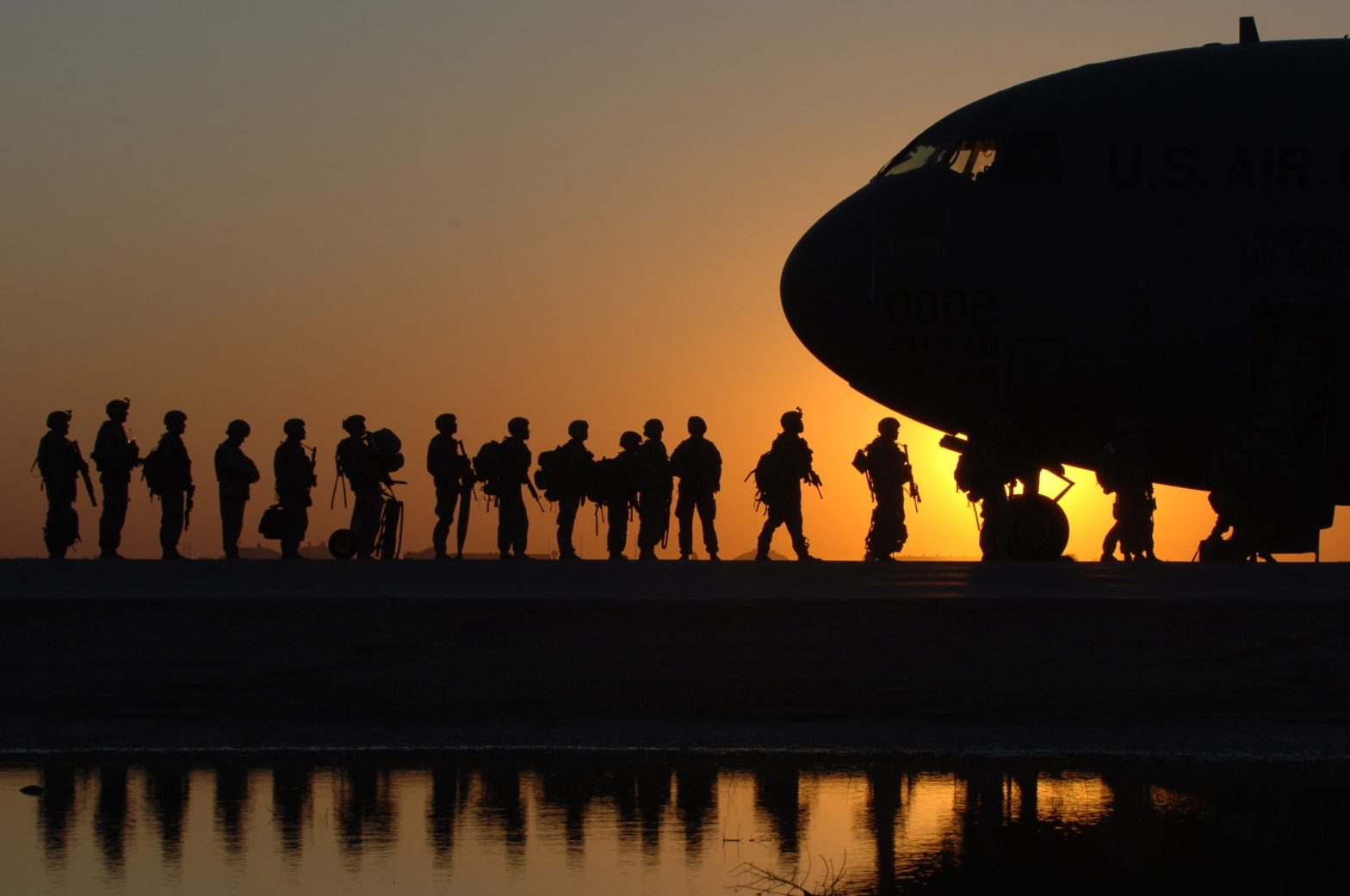Last week, Xi Jinping, as the Chairman of Central Military Commission, signed the ‘Non-War Military Activities’ (NWMA) Outline.
Politicians and analysts are concerned about China’s growing assertiveness in military building. Many believe that this is a sign for China expanding military influence abroad. Some also suggest that the Non-War Military Activities Outline was China’s response to Russia’s ‘Special Operation’ in Ukraine, as to legitimise its actions towards Taiwan.
The history of Non-War Military Activities

To explain China’s doctrine of non-war military activities, we must first understand the difference between war and non-war military activities. Traditionally, the army is used as a war-fighting tool. It exists to attack or defend from other countries.
During the early-mid 2000s, it was the time when the whole world was discussing about the role of military with the absence of conventional warfare after the Cold War.
Initially, the idea of ‘non-traditional security’ was proposed. It was to differentiate ‘traditional security’, namely military operations or hot wars. It suggests that, instead of conducting military operations, the military can also responsible in human security missions. These include humanitarian operations, peacekeeping, escort, and search and rescue.
The US military also suggested the concept of Military Operations Other Than War (MOOTW). Derived from non-traditional security, MOOTW suggests peaceful use of the military, such as deterring war, resolving conflict, promoting peace, and supporting civil authorities in response to domestic crises. Ultimately, the idea of MOOTW is to reduce conflict, as to contrast with war, which escalate conflict. Therefore, in the mid-2000s, especially after 9-11, there has been promotion of agendas, such as anti-terrorism, peace support operations and humanitarian intervention.
What is Non-War Military Activities?
In China, Hu Jintao proposed the military’s ‘new historic missions in the new century’ in 2004. This brought several major shifts of the military doctrine. One of it was the concept of ‘non-war military activities’, which was based on the US’ MOOTW.
The Military suggested that the concept was to respond to the ‘expanded responsibilities brought on by the PRC’s economic growth and global expansion’. The Chinese explored the concept in very detail. For example, the Science of Military Strategy, a semi-official Chinese military doctrine, distilled Non-War Military Activities into four major categories: “confrontational”; “law enforcement”; “aid and rescue”; and “cooperative.”
Growing assertiveness?
In other words, the concept of non-war military activities are not something new. It appeared in Chinese military doctrine for nearly twenty years. Frankly, it is more like a concept than doctrine, as it only indicated categories of non-war military operations, rather than telling the military exactly what to do.
Like other military concept in China, NWMA appears to be a vague, umbrella term, and is often layered by political rhetoric. The draft of NWMA outline has also been an ongoing process; its concept has expanded several times. However, the official barely release any information about the NWMA outline as before. The latest revision, signed by Xi recently, is believed to be a correspondence to the update of the ‘Outline of Joint Operations’ in November 2020. Therefore, one explanation of the recent release of Outline is that it is simply an update of military doctrine within the Central Military Commission.
That says, it is difficult to say the new NWMA is purely about China’s response to current affairs.
What does the new NWMA indicate?
Indeed, the timing of the new NWMA is sensitive, especially when Ukraine and Taiwan has been on the news recently.
To some extent, the NWMA is about the long-term goal of reunification of Taiwan. This is due to the rationale that China will unlikely fight against a war, and therefore it needs to legitimise its use of the military. This is not limited to Taiwan, but also the South China Sea, and, more broadly, China’s overseas operations to protect its so-called national security and political rights. In fact, the NWMA could have more align with China’s activities in the South China Sea and the Indo-Pacific region than the Taiwan Straits. This includes land reclamation, escort missions, and security deals with Pacific countries.
So what does the NWMA implies to cross-strait relations? Many strategists warn that we should prepare for a conventional war across the Taiwan Strait. However, it is more reasonable to imagine China occupying Taiwan under the disguise of pursuing ‘peaceful’ operations. Some possible scenarios may include peacekeeping missions, protection of Chinese overseas citizens, and humanitarian aids. Whether or not it abides with international law, it should be within China’s Guideline of NWMA.
And this is what NWMA makes concerning: it has a blur and ambiguous grey area between warfare and non-military operation . In that case, we should actually blame the US of introducing MOOTW to legitimise its activities at first.

